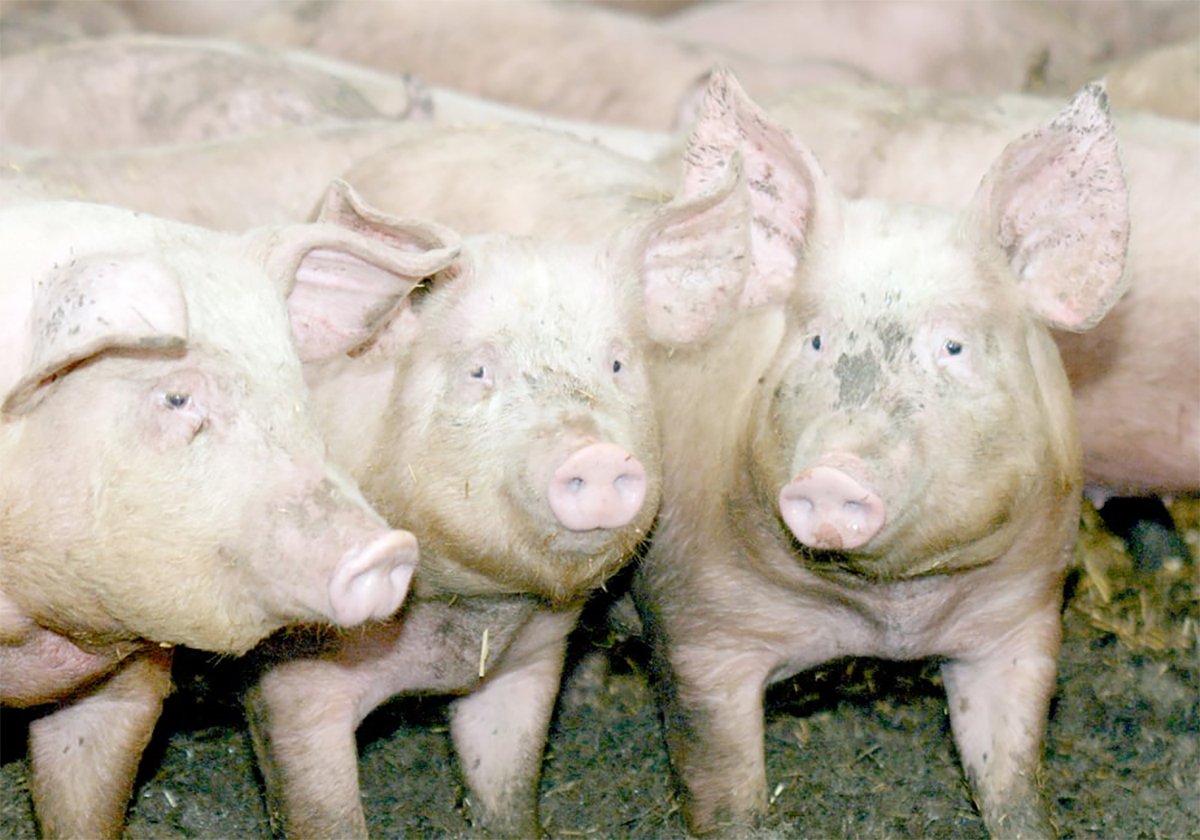OLDS, Alta. – Alberta Agriculture researchers have identified two major sources of water pollution.
Water specialist Sandra Cooke told a recent composting conference in Olds that the easiest way to manage pollutants is to identify point sources.
These are specific locations that might release contaminants, such as runoff from a manure pile, a cattle wintering site, or feedlots.
“Point sources of pollution typically can be managed more easily than the pollution,” she said.
Non-point sources are more troublesome. This is runoff from a large area without a defined source of pollution. It could be a large grazing area or cropland, forages and pastures where manure has been applied.
Read Also

The Western Producer Livestock Report – October 2, 2025
Western Producer Livestock Report for October 2, 2025. See U.S. & Canadian hog prices, Canadian bison & lamb market data and sale insight.
“There are no defined sources and no defined area that you can specifically manage,” Cooke said.
Water quality in Alberta is affected by several pollution sources, including nutrients such as nitrogen and phosphorus, pathogens such as fecal coliform and parasites, and sediments.
Studies from the mid-1990s measured pollution levels in four small watersheds that included cropland, cow-calf operations and forest land.
High levels of nutrients like phosphorus occur naturally in Alberta. They have even been found in forest areas.
“This does not negate the fact that agriculture increases those levels,” she said.
Researchers also looked at nitrogen. The acceptable level of total nitrogen is one milligram per litre of runoff. They found that heavily manured fields had nitrogen levels as high as at five mg per litre.
High nitrate levels can be toxic to aquatic life. Unhealthy aquatic life is the first signal that something is wrong in the water system.
High nutrient levels in surface water also cause blue-green algae, which is also toxic.
“There have been cases in Alberta where the cattle didn’t even make it out of the dugout,” she said.
Eutrophication is another problem. This occurs when surface water has been enriched with nutrients, which causes an imbalance in the biological system. There may be an overgrowth of algae and other aquatic plants. Oxygen is removed from the water when these plants die, which in turn kills fish.
Too many plants and nutrients can also leave an odor or bad taste in drinking water.
Sediments damage stream beds and clog the water course.
Municipal water treatment also becomes difficult, particularly in the spring. Filters can clog or break down, allowing pathogens like giardia or cryptosporium to slip though and contaminate drinking water. Sediments can also enter reservoirs and dugouts, which must then be dredged out.
Many of these problems do not come from a single source in a watershed.
“It’s not one operator, it’s the impact of many operators over a watershed,” Cooke said.
“It’s that cumulative impact that causes a lot of grief in water systems.”

















